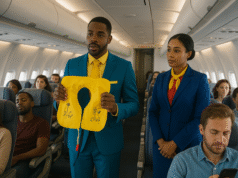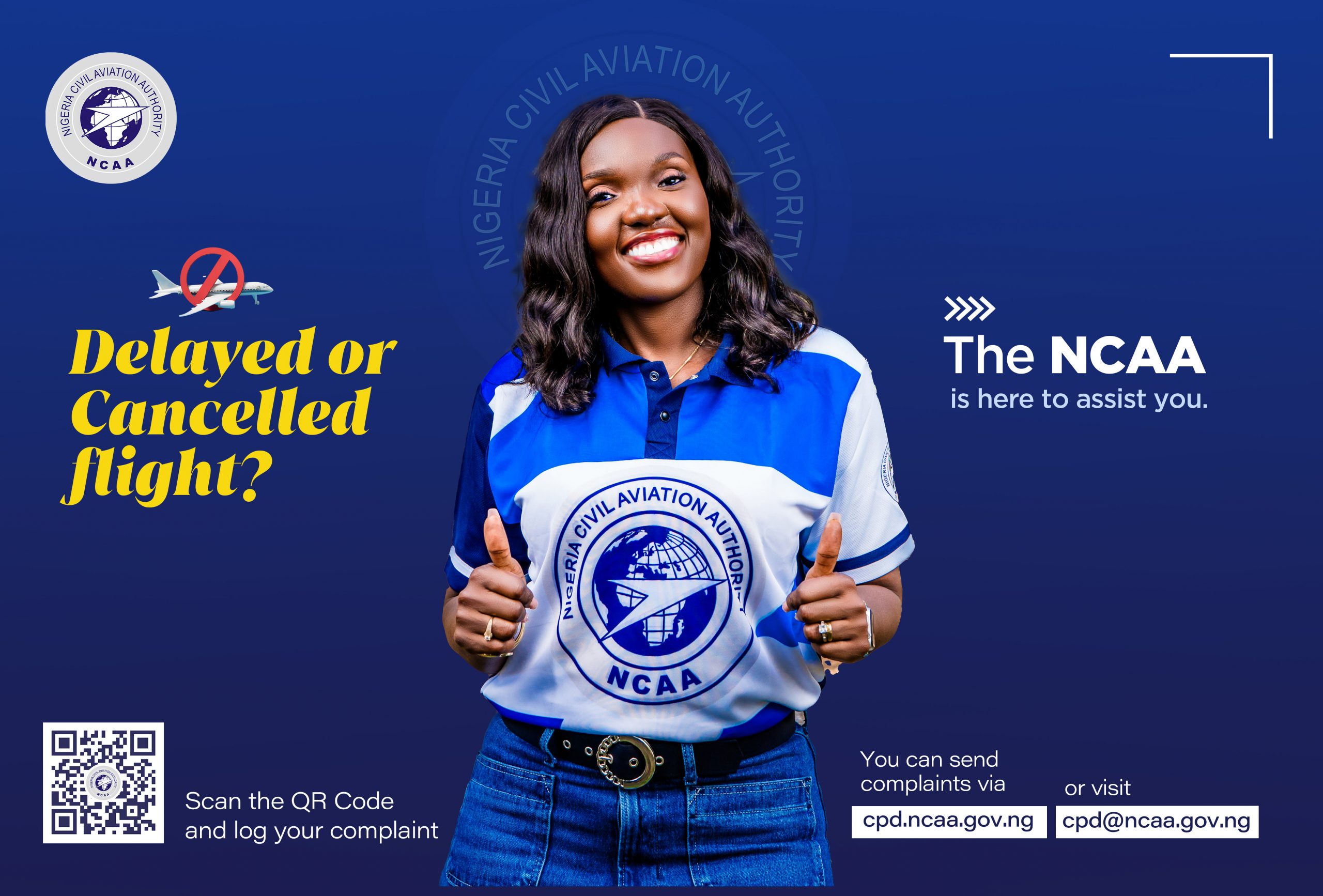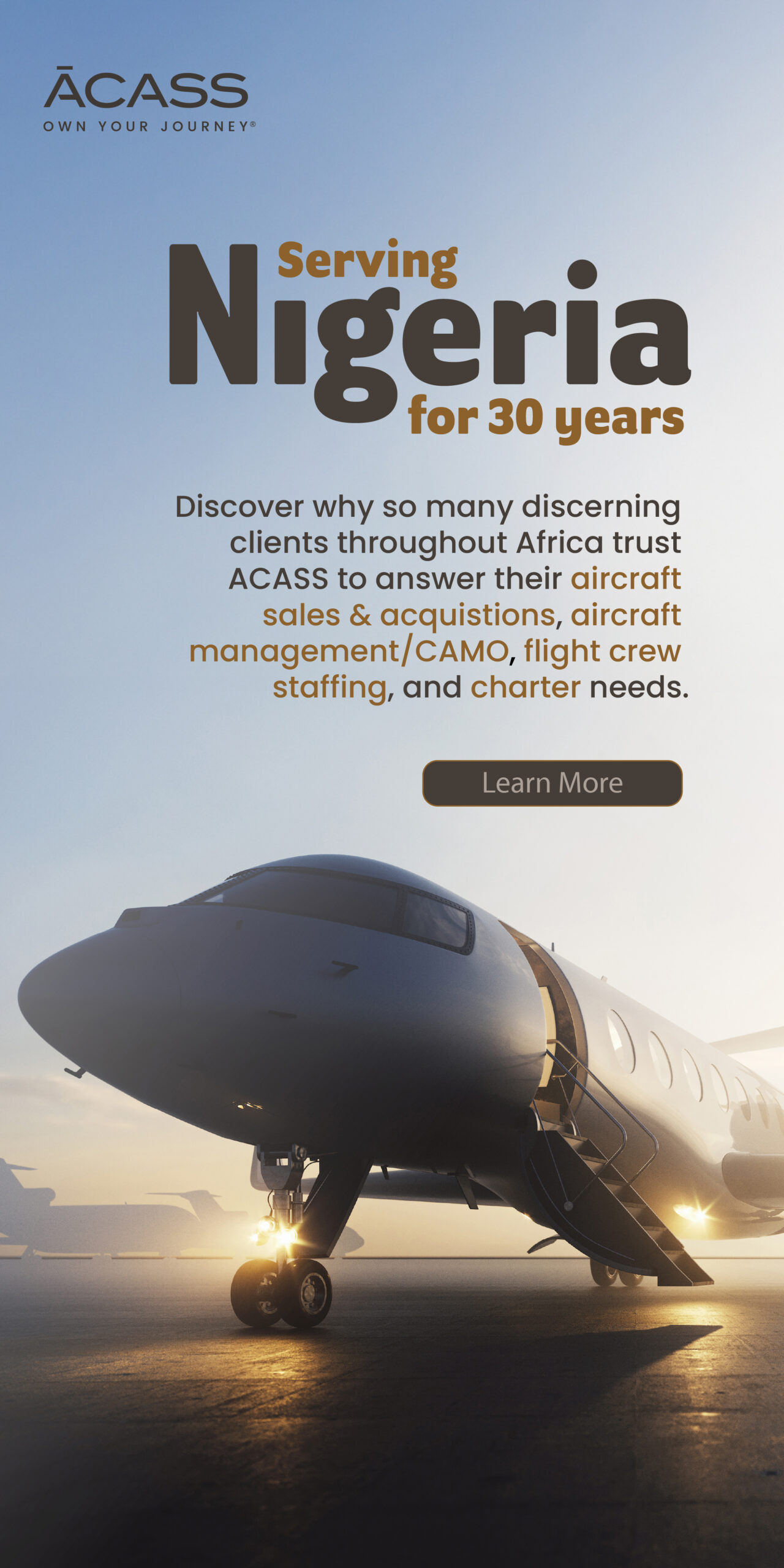When a passenger suffers a heart attack mid-flight, cabin crew spring into action—trained not just for service, but for survival. This gripping account, blending fiction and real-life expert insight, reveals the life-saving protocols and legacy of care that define the true role of flight attendants at 35,000 feet. ANTHONY OMOH writes.
The piercing scream jolted Flight Attendant Sophia Martinez into motion. “Help! My husband’s not breathing!” The passenger’s cry echoed through the aircraft aisle. Heart attack at 35,000 feet. That was the unfolding scene aboard Flight 307, en route from Abuja to London Heathrow, with over 200 passengers onboard.
Sophia rushed to Row 23, where a middle-aged man had slumped over, his face ashen and unresponsive. His wife gripped his arm, panic-stricken. Sophia dropped to her knees beside him.
There was no pulse. No breath. Time was now a matter of survival. This was no simulation. The aircraft had already passed the point of no return. The next possible landing—three hours away. The nearest hospital? Also, three hours away.
She grabbed the cabin interphone, alerting the cockpit of a possible cardiac arrest. Another crew member fetched the first aid kit and Automated External Defibrillator (AED). A third made an urgent announcement for medical help onboard.
Within seconds, Sophia had checked the man’s airway, loosened his collar, and begun Cardiopulmonary Resuscitation (CPR)—two breaths, then thirty compressions. Her hands moved with trained accuracy. This might have been Sophia’s first live cardiac emergency, but her training kicked in with clinical precision. Her actions mirror the protocol followed by real crew worldwide.
Many travellers assume cabin crew only serve meals or give safety briefings. Few know that their role was born out of medicine. In the 1930s, the first flight attendants were registered nurses. Airlines then prioritized medical care at altitude. These nurse-attendants managed early aircraft discomfort and were often the only aid available midair.
Decades later, that heritage lives on. Though most modern crew are not licensed nurses, they are highly trained in emergency response, CPR, and first aid.
Former Cabin Crew Manager Joy Ogbebo, with decades of experience, recounts her time handling inflight emergencies. “I never witnessed a cardiac arrest,” she recalled, “but we were trained for it.”
Ogbebo explained that crew first inform the captain and then call for any medically qualified passengers onboard. “We must confirm identity before allowing treatment,” she noted.

“When there’s no medical help, crew must act fast. We assess the airway, breathing, and circulation. If needed, CPR begins immediately.”
She emphasized, “The brain starts dying after three to four minutes without oxygen. Every second counts. You cannot delay.” She added that once basic checks are made, the team loosens tight clothing, checks responsiveness, and provides oxygen or starts CPR where required.
Edward Ige, Cabin Crew Manager and Instructor, echoed her guidance. “First, ensure the area is safe. Then check if the passenger responds. If not, act immediately.”
“We announce for doctors, assess the patient’s breathing, and check their pulse. Then, we begin Cardiopulmonary Resuscitation if unconscious,” Ige said.
He confirmed that the Automated External Defibrillator is now standard in most commercial jets. “AED delivers electric shocks that help restart the heart. Crew are trained to use it properly.”

“After stabilizing the person, we ask about allergies, past medical history, when they last ate, and any visible medical emblems,” he added.
In Sophia’s fictional case, these steps were followed exactly. She assessed the airway, checked pulse, administered CPR, and used the AED—all within minutes.
Instructor Tolulope Dawodu emphasized how critical crew response is. “A heart attack at 35,000 feet is not rare,” she said. “Crew training is what saves lives.”
“They aren’t doctors,” she noted, “but their first responder training prepares them to act fast. That training bridges the gap in emergencies.”
Dawodu detailed what she trains crew to look out for. “Loss of color, rapid shallow breathing, sudden collapse—these are key visual cues,” she said.

“In many cases, passengers don’t disclose medical histories. This forces crew to rely on swift observation and critical action,” she explained.
“When I train cabin crew, I tell them they must think like paramedics. Their actions in the first five minutes decide outcomes.”
“They learn to evaluate airways, check for signs of life, then perform Cardiopulmonary Resuscitation and AED use when necessary,” she continued.
According to Dawodu, the calm confidence of crew stems from constant drills and simulation. “They train until it becomes instinctive,” she said. She also emphasized post-resuscitation care. “You don’t stop at CPR. The passenger must be placed in a semi-recovery position once stable. Then the crew gathers vital background: allergies, last food, prior conditions. This info is passed to emergency teams on landing.”
Captain involvement is vital, both Dawodu and Ogbebo agreed. “The captain makes the final call on whether to divert the aircraft,” Dawodu said.
“In severe cases, the plane lands at the nearest airport with emergency response available. That step saves more lives than many realize.”
Ogbebo added, “Our goal is simple: keep the passenger alive until we reach help. We’re trained to make that possible.”
Historically, the flight attendant’s role was never limited to hospitality. Their primary duty remains safety and emergency management—including medical crises like heart attacks.
“Many people think we just smile and serve tea,” said Ige. “But we’re trained to save lives at altitude, where help may be hours away.”
Sophia Martinez’s calm actions, though fictional, encapsulate that legacy. Her intervention helped restore the man’s breathing before the plane diverted safely. He was met by paramedics and rushed to hospital—alive, because Sophia followed her training without hesitation.
Every day, crews like Sophia’s report for duty polished and composed. But beneath the uniform is a life-saving skillset, rooted in decades of training and aviation tradition.
Today’s passengers may never face a heart attack at 35,000 feet. But if they do, there’s a trained professional ready to respond instantly. This legacy—from nurse-attendants of the past to today’s highly skilled crew—continues to save lives in the sky.





















